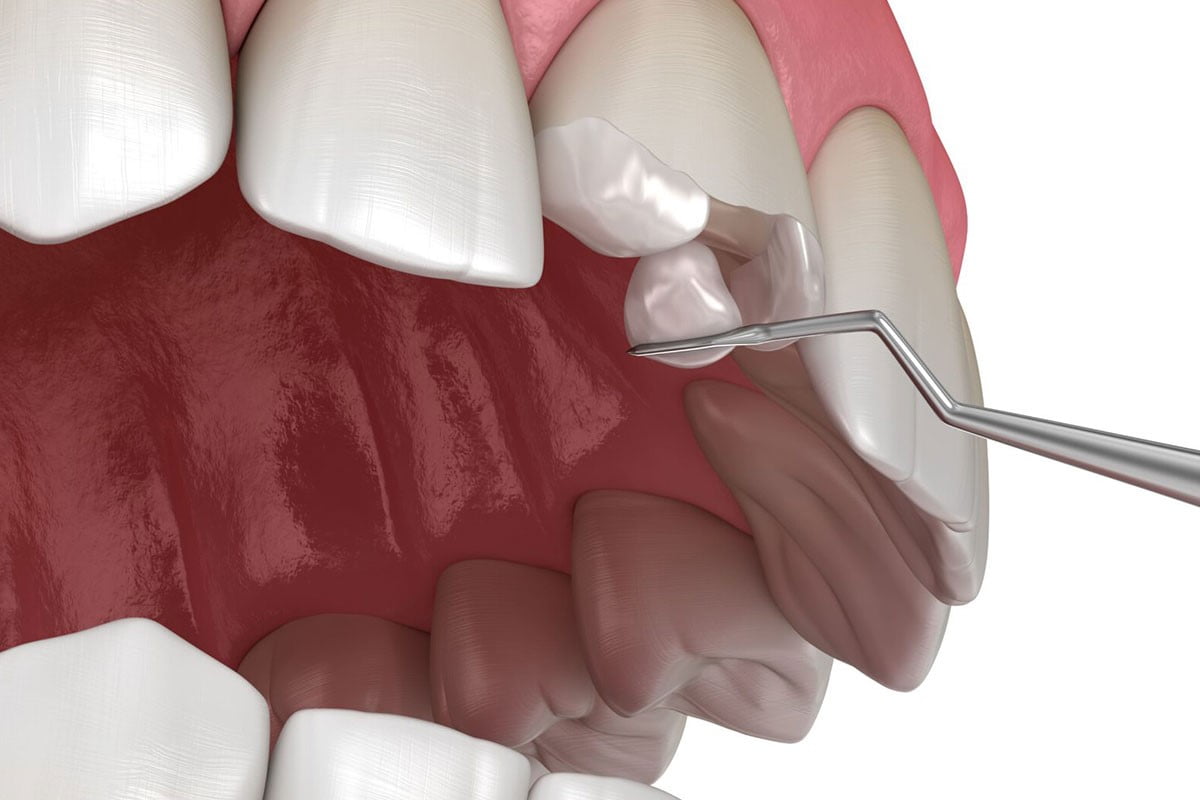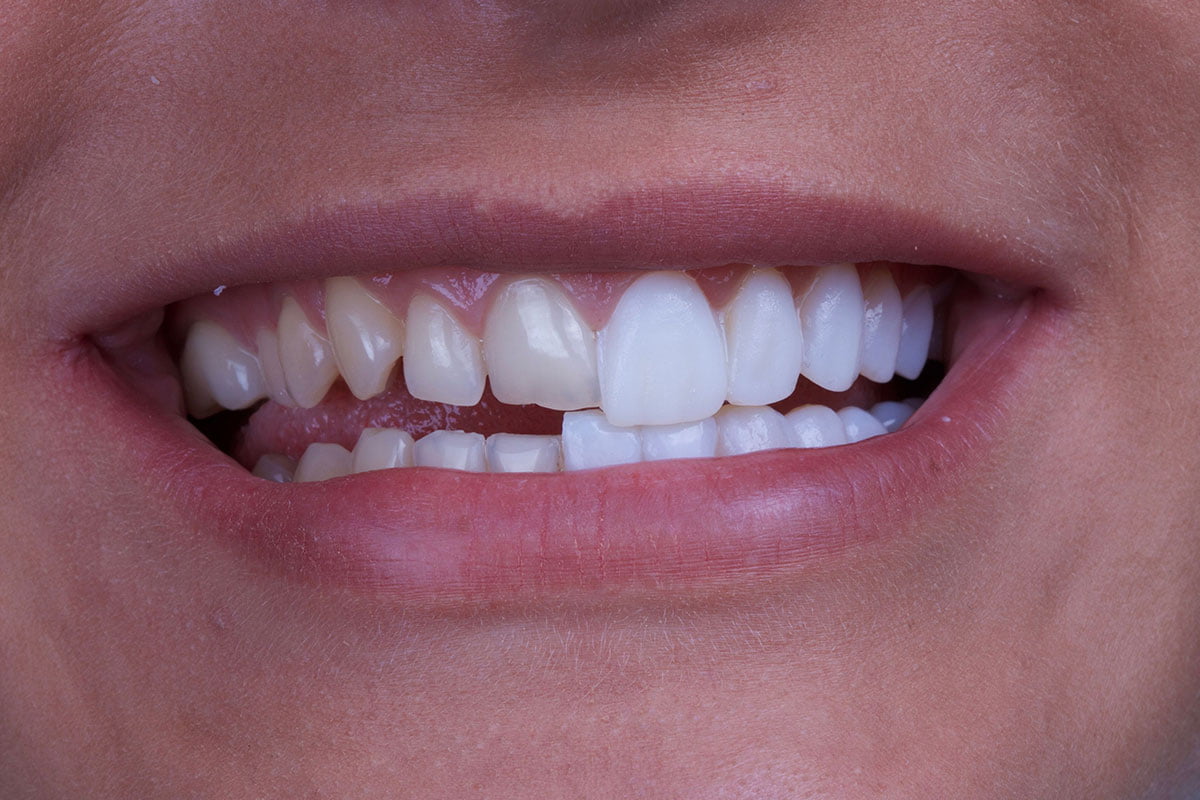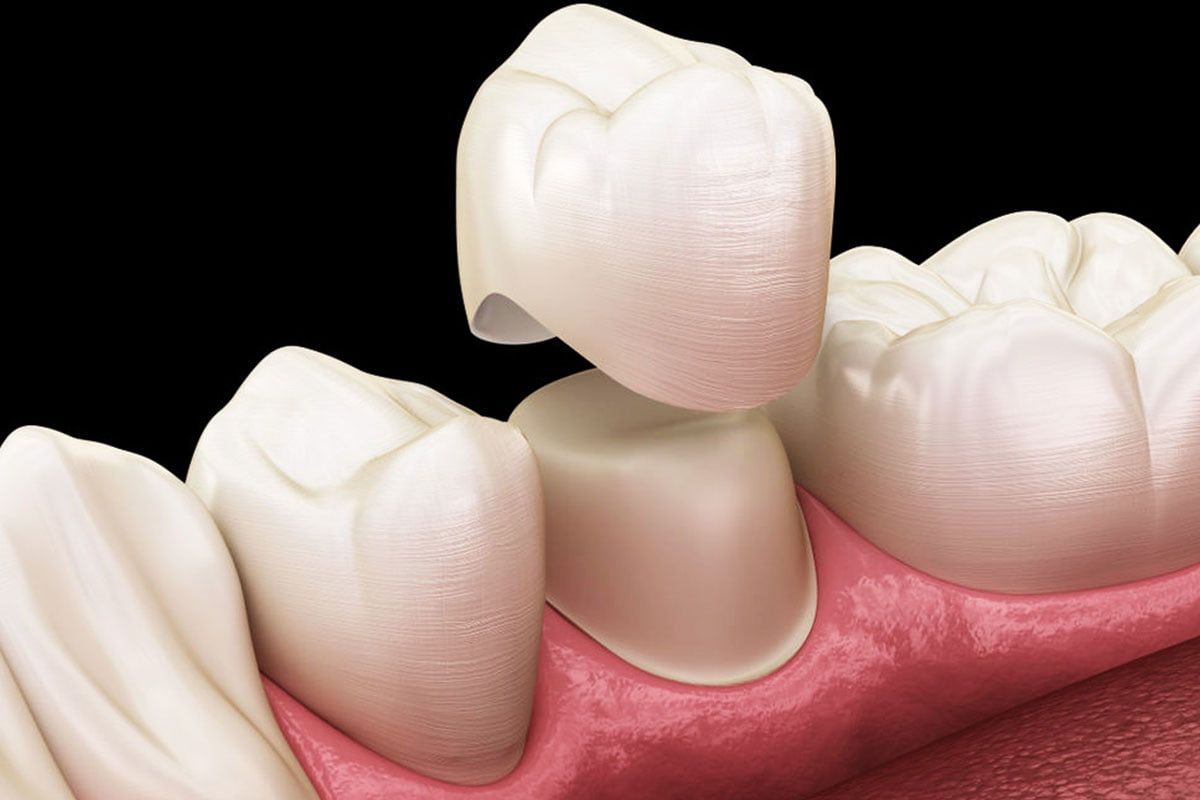Did you know that your teeth can be stained not only by the food and drinks you consume but also by your oral hygiene habits and some medications? Tooth stains can occur on the tooth surface as well as at the level of enamel. In this post, we will understand the various causes of stained teeth. We’re not just going to talk about the problem. We will also unveil some highly effective dentist-recommended methods to help you lighten the shade of your teeth. So continue with your read!
TYPES OF TOOTH DISCOLORATION
Let’s start by understanding the two main types of tooth discoloration:
- Extrinsic discoloration: This type affects the outer layer of your teeth (enamel). It’s often caused by external factors like certain foods and drinks, such as coffee, tea, and red wine.
- Intrinsic discoloration: This type of discoloration will always originate in your enamel (the inner dentin layer) and, in turn, affects your dentin. It generally occurs due to dental trauma or other medical reasons.
TOOTH DISCOLORATION CAUSES
There are several contributing factors that lead to tooth discoloration, including:
- Food Items: Coffee, tea, colas, wines, and fruits that are often very concentrated in color, like apples and potatoes, can stain teeth.
- Tobacco Use: Smoking or tobacco consumption can also damage the original color of your teeth.
- Poor Dental Hygiene: if you are not following regular oral hygiene routines, like brushing and flossing your teeth daily, your teeth will more likely lose their color and become stained.
- Disease: Various illnesses that target enamel may result in teeth’s yellowish hue. Another factor affecting teeth’ appearance is the way medical professioansl give treatments for certain health conditions. For example, radiation treatment and chemotherapy may lead to teeth discoloration. Moreover, some infections that develop in pregnant mothers can cause discoloration in their baby’s teeth by interfering with the process of enamel calcification.
- Medications: Antibiotics like tetracycline and doxycycline can cause teeth discoloration among children older than 8 years old whose teeth are still developing. Mouth rinses containing chlorhexidine and cetylpyridinium chloride may also discolor teeth. Moreover, Benadryl, antipsychotic medications, and drugs for high blood pressure make teeth yellow as well.
- Dental materials: Several dental materials, including amalgam-based restorations, particularly those with a high silver sulfide content, may cause tooth discoloration.
- Aging: When you get older, your tooth enamel can be worn away by the outer layer, exposing the darker color of the dentin.
- Environmental Factors: Excessive fluoride exposure, whether from environmental sources such as high levels of fluoride in water or from concentrated products like fluoride applications, mouth rinses, toothpaste, and fluoride supplements, can lead to tooth discoloration.
- Trauma: An incident that causes injury while the teeth of young kids are still growing can disrupt the enamel formation. However, trauma can also evoke discoloration in adult teeth.
TREATMENT OPTIONS OF A GUMMY SMILE
Here are some common treatments for discolored or stained teeth that you can go for:
1. TEETH WHITENING
Dentists can provide both in-office or at-home professional teeth whitening services. These techniques use hydrogen peroxide or carbamide peroxide. Both these substances can vanish stains and remove them from your teeth. Professional whitening works well on superficial stains (extrinsic). Nevertheless, some whitening products also remove deeply located (intrinsic) stains.
In-office bleaching takes an hour to complete. Most in-home whitening treatments require 30 to 60-minute daily treatments for up to six weeks. Each treatment has its own advantages and disadvantages, so ask your dentist which choice is best for you.
2. DENTAL BONDING
While whitening may be useful for light discoloration, if the problem is too deep, your dentist may recommend a dental bonding procedure. This technique involves the application of tooth-colored composite resin in order to cover discolored teeth.
Unlike other options (for example, porcelain veneers), dental bondings are much simpler to use and clean. However, you may need to visit your dentist every 5 to 7 years for little maintenance of dental bondings.
3. PORCELAIN VENEERS
If you have extensive tooth staining that doesn’t resolve with bleaching, you might consider getting porcelain veneers. These thin but strong silver-colored ceramic shells are permanently bonded (glued) to the front surfaces of your teeth. They help conceal stains or any other cosmetic flaws like chipping or a misshaped tooth.
Nevertheless, dentists suggest replacing porcelain veneers every 5 to 15 years.
4. DENTAL CROWNS
In certain situations, tooth discoloration might be the first sign of tooth decay. If you have other oral problems, such as enamel erosion/decay, your dentist may recommend dental crowns to improve the appearance of your front teeth.
A crown is a tooth-shaped cap that is placed over a tooth to prevent further deterioration. Dental crowns restore the function and esthetics of teeth and improve oral health.
HOW TO PREVENT TOOTH DISCOLORATION?
If your teeth have stains, they can severely spoil your beautiful smile. That’s why you need to take prompt action. There are lots of ways to prevent your teeth from getting stained. Let’s take a look:
- The food items that you consume can also stain your teeth. Hence, it is a better thing to brush or rinse your mouth after eating them. The foods that you should avoid include coffee, soda, red wine, grape juice, blueberries, soy sauce, and tomato sauce.
- Brushing, flossing, and using an antibacterial mouthwash every day can enhance your dental care routine and help remove plaque.
- If you notice significant changes in the color of your teeth along with other symptoms, go to your dentist for a proper check-up.
WRAPPING UP
Teeth vary in color from one person to another. Even if your teeth are not the same as those of your friends, this doesn’t mean that you have a problem. However, if you have discoloration that hinders your confidence or makes you ashamed of your smile, you should get help from a dentist. He can offer you the right treatment and advise effective ways to brighten your teeth.






